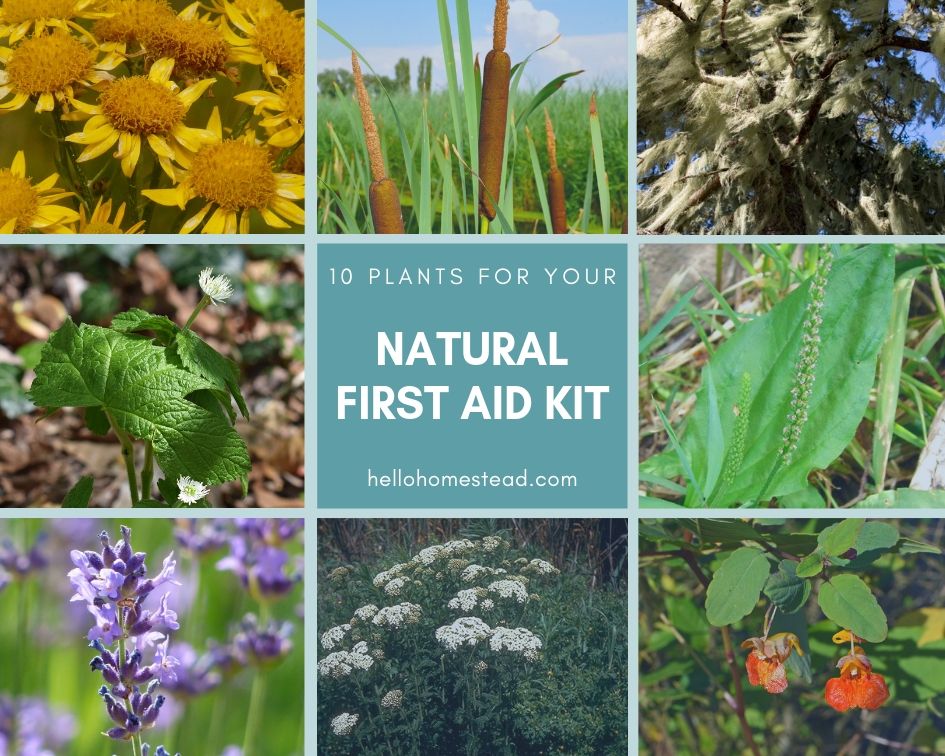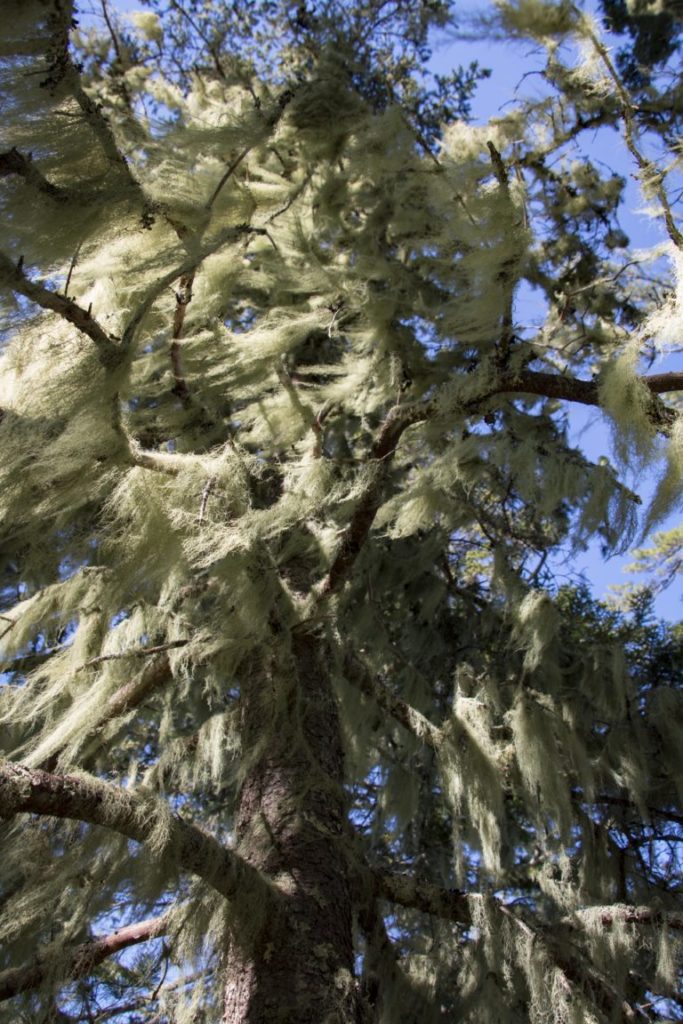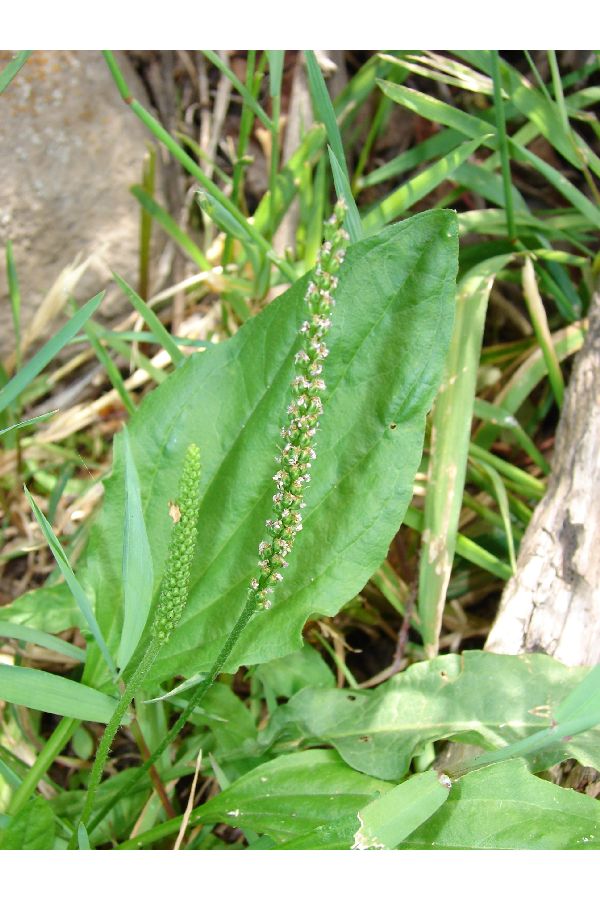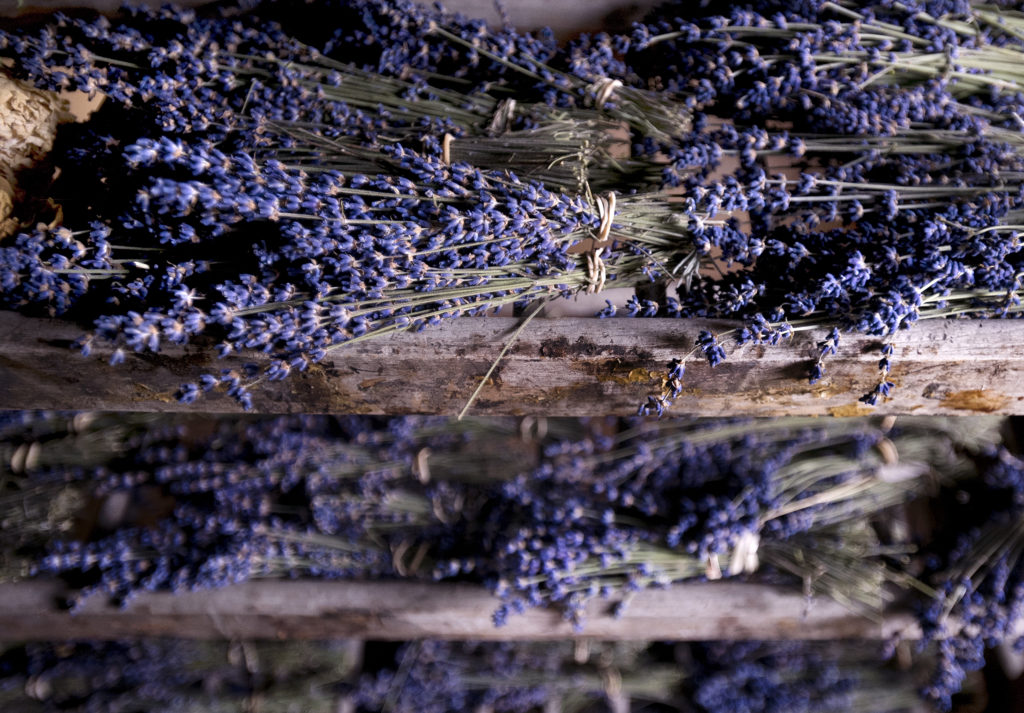10 medicinal plants for your natural first aid kit

Whether hiking a mountain or mowing your lawn, you don’t have to look far to find materials for a natural first aid kit. Medicinal plants are abundant throughout the country and have been used for centuries to treat wounds and common ailments.
“It’s being connected to the land and creatively using our resources,” said Steve Byers, a clinical herbalist from Belfast, Maine. “You don’t need a Band-Aid that’s made in China to heal.”
Gauze, alcohol wipes, antihistamines and athletic tape are materials found in traditional first aid kits that are useful in case of an emergency, he said. But they aren’t the only option. And if you’re in an emergency situation — perhaps lost in the wilderness without your traditional first aid kit — it’s helpful to know what exists around you that may help in case of an injury or another type of medical emergency.
For beginners, natural first aid can be as simple as wrapping a cut in burdock leaves in lieu of a bandage, Byers said. Or pulling splinters out using the sticky, dried sap of a tree.
“Taking care of your health needs, being able to respond to medical emergencies in the garden and the forest, it’s important,” said Greta de la Montagne, a Registered Professional Herbalist and Mentor with the American Herbalist Guild. “It’s really important to get medicine back in the hands of the people.”
A holistic health practitioner in Montana, de la Montagne believes that learning about natural first aid is empowering.
“We have long-standing, thousands-of-years traditions of using some of these medicinal plants,” de la Montagne said. “And now we’re starting to have more scientific studies that show how these plants work.”
In addition to healing the body, natural first aid can be healing in a more spiritual sense, Byers said.
“It’s healing our connections to all that exists around us,” he said. “I try to eat five wild plants a day. I teach that to my kids, too. They know over 100 plants and they’re 6 and 9 [years old]. So they’ve started to respect the land and respect plants.”
Here are 10 plants to get you started, recommended by Byers and de la Montagne.
This information is provided for entertainment purposes only. Always consult a doctor for serious ailments.
Cattails
The jelly harvested from crushed up cattail stems and leaves can soothe a burns, much like aloe vera gel, Byers said. This easily recognizable plant, found in wetland areas, grows throughout North America.
In addition, the starchy roots of the plant is edible and nutritious. And the mature “cobs” at the top of the plant can be rubbed on burned and chaffed skin to soothe and reduce the risk of infection, according to “A Field Guide to Medicinal Wild Plants” by Bradford Angier.
Old Man’s Beard

Hanging down from tree branches in long, wispy strands, old man’s beard — also known as bearded lichen — is traditionally used to fight bacterial infections. With the scientific name Usnea, this lichen grows throughout North America.
“It’s the strongest antimicrobial we have around here,” said Byers, referring to his home state of Maine.
This lichen is often soaked in water, then applied to a wound. It’s also dried and ground into powder to be applied topically or consumed.
Multiple studies have demonstrated the medicinal properties of Usnea, including a 2004 study from JSS College of Pharmacy in India that found the lichen to have antiviral properties. Another study, conducted in 2004 study at Ataturk University in Turkey, found that an extract created from old man’s beard showed antioxidant activity.
Jewelweed
A tall plant with bright orange flowers, jewelweed is commonly found in moist, semi-shady areas throughout northern and eastern North America, according to a plant profile published by the United States Department of Agriculture. Growing 2 to 5 feet tall, this plant has a long history of being used as a remedy for skin irritation.
Applied topically, the sap from the stems and leaves of the plant is said to soothe itching and pain caused by poison ivy and stinging nettle. It’s also sometimes applied to sores and hives.
Interestingly, a 2012 study conducted by researchers at Ohio State University found that while jewelweed mash was effective in reducing poison ivy dermatitis, jewelweed extracts were not effective. So using the plant fresh and in the field appears to be the best option.
To extract the sap, crush the stems for several seconds and it will start to ooze out, Byers said. This is usually applied directly to the skin.
Common plantain

Native to Europe and parts of Asia, common plantain has become naturalized throughout North America and is commonly viewed as an unsightly weed. However, has historically been used to soothe skin and promote the healing of wounds. It’s also edible and nutritious.
“It’s a weed that’s found in everything, from vacant lots to trailside to most people’s yard,” said de la Montagne. “I use it a lot for wound care. It’s a great alternative for a Band-Aid.”
She also mashes it up to create a poultice, which she applies directly to wounds then wraps with a bandage or leaves.
“It heals it up,” de la Montagne said of treating people’s cuts with plantain. “They’ll come back the next day, and it’s almost healed. It’s crazy how fast it works.”
Supporting this use of the plant, a 2015 study conducted on rats by researchers at the National University of Malaysia found plantain to be effective in reducing inflammation.
In addition, plantain has also historically been used to treat respiratory and gastrointestinal issues. In fact, a 2003 study conducted at the Kaohsiung Medical University in Taiwan, found that hot water extracts of common plantain (scientific name: Plantago major) possessed a broad spectrum of anti-cancer and antiviral activities, as well as biological activities that would boost the immune system.
Common yarrow
With clusters of small white flowers and feathery leaves, common yarrow grows throughout North America and was used by indigenous people to treat a variety of ailments, according to a plant profile published by the USDA. Crushed up, this plant was applied directly to wounds and burns, and its leaves were used as tea to treat colds and headaches.
The plant’s genus, Achillea, is named after Achilles, who used plant extracts to treat soldiers’ wounds in the battle of Troy.
“It pretty much immediately stops anything that’s bleeding for basic cuts and abrasions,” Byers said.
Byers keeps powered yarrow in his first aid kit for this purpose. He has also chewed the plant up to create a “spit poultice” to add directly to wounds. An alternative would be to simply crush the leaves up with your hands, he said.
Several studies have been conducted to investigate the medicinal properties of common yarrow, including a 2002 study conducted by researchers in Turkey and Greece that showed that extract from the plant has antioxidant and antimicrobial properties.
Calendula

Though not native to North America, calendula is grown by gardeners throughout much of the country. With bright yellow and orange flowers, this annual herb is fragrant, showy and attracts pollinators. It also has a history of being used in natural medicines for a wide range of ailments and injuries.
Among the various species of the genus Calendula, C. officinalis is the only species that is extensively used clinically throughout the world, according to a scientific review of the plant by researchers at Panjab University in India. It’s often used for wound healing and to reduce inflammation. It’s used to soothe burns, rashes, dry skin and bee stings.
“Everyone should have some calendula on hand for survival purposes,” de la Montagne said. “Calendula is most effective as a tea. I use it as a wound wash.”
For personal use, de la Montagne suggests that people pick the petals of calendula flowers in the afternoon. They can then be steeped to create a tea or wash, or they can be dried for later use.
Arnica
With small, yellow, daisy-like flowers, arnica has long been used to soothe muscle aches, reduce inflammation and heal wounds, according to an informational page on the plant provided by Penn State Health Milton S. Hershey Medical Center. It’s also used to treat sprains and bruises.
Native to the mountains of Europe and Siberia, arnica is cultivated throughout North America. As a medicine, it’s usually applied to the skin. It can cause serious side effects if consumed. It’s often found in the form of creams, ointments and tinctures.
Lavender

Native to the Mediterranean region, lavender is a common herb in many gardens throughout North America. With a fragrant, soothing scent and beautiful, purple blossoms, this plant is often incorporated into teas and transformed into extracts.
Medicinally, lavender has a long history of use to relieve gastrointestinal problems and anxiety, according to the National Center for Complementary and Integrative Health. It has also been used to boost appetite and mood.
In addition, in a 2016 study in Japan, rats that had wounds treated with lavender oil healed markedly faster than rats that were not treated with lavender. This led the researchers to conclude that “lavender oil has the potential to promote wound healing.”
“I love to use the lavender buds in a wound wash,” de la Montagne said.
However, de la Montagne cautions that some people are allergic to lavender, so it’s important to approach this herb with caution.
White willow
Native to parts of Europe, Africa and Asia, the white willow tree has been introduced throughout much of North America and its bark has traditionally been used to reduce inflammation and ease pain, especially headaches.
Many vitro and animal studies have demonstrated the anti‐inflammatory effects of willow bark. In 1838, the main pharmacologically active ingredient of willow bark, salicin, was extracted and purified, and this eventually led to the discovery of aspirin.
The bark is most commonly used in tea form. However, as with all medicines, it’s important to consult your doctor before use. Some side effects of willow bark include upset stomach and allergic reactions.
Goldenseal

A perennial woodland plant named after its yellow roots and sap, goldenseal is native to eastern North America and has long been used in natural medicine. Extract from the plant has been used as a general tonic, especially for treating inflammations of the digestive system, according to a plant profile published by the USDA. It has also been used as a topical treatment for skin and ear infections.
Typically found in moist forestland, goldenseal may be difficult to find because over-collection for the herbal industry has reduced its abundance. This reality drives home the importance of harvesting sustainably. Take only what is needed and be sure to leave a good portion of the population behind to regenerate.
DISCLAIMER: The information provided in this story is for informational purposes only and does not constitute medical advice. Always consult a medical doctor with medical questions and before trying new treatments.
